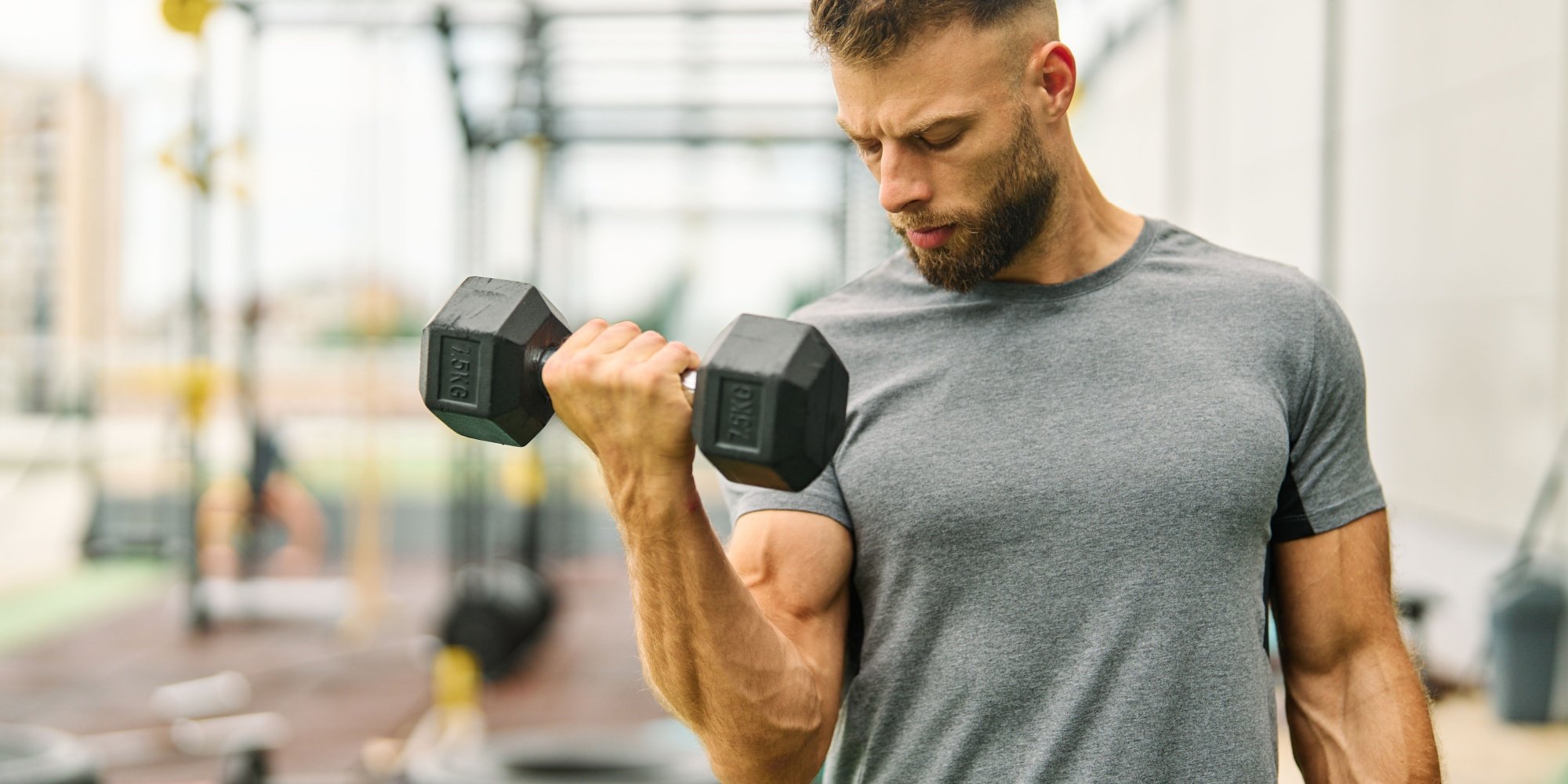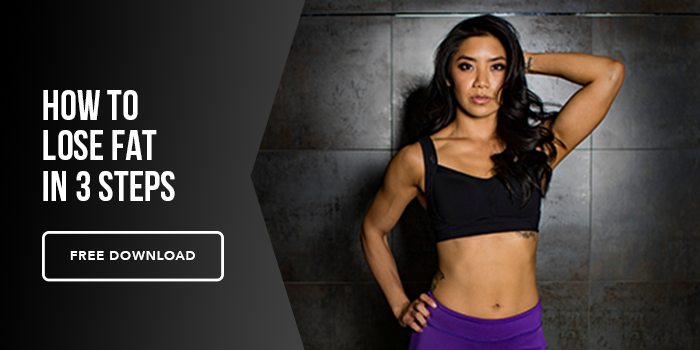The gym used to be simpler. You’d walk in, pick things up, put them down, and then rush home to show Dad the vein in your bicep. Now? You’ve got “functional hypertrophy,” “powerbuilding,” and people arguing over the optimal cable height for lateral raises.
So, what’s the deal with all these modalities? Do they all lead to the same result? Instead of breaking down each one, it makes more sense to focus on two broader categories: aesthetics vs. performance.
The first step is deciding which one matters more to you — and how to program accordingly.
Aesthetics: You Train for the Mirror
Training for aesthetics is about body composition and visual symmetry. You're trying to build muscle in a way that looks balanced and lean — not just strong.
What matters:
- Muscle size and symmetry
- Low body fat
- Proportion (think: wide shoulders, narrow waist)
What doesn’t matter as much:
- How much you lift
- How fast you sprint
- Whether or not you can clean and jerk a small horse
Key Traits of Aesthetic Training:
Higher Volume
Hypertrophy requires volume. That means more sets, more reps, and usually more exercises per muscle group.
Exercise Selection Matters
Aesthetics often means biasing exercises that maximize tension on target muscles and even specific regions of that muscle.
Muscle-Specific Fatigue
You're getting close to failure in most sets, particularly in the moderate rep ranges (8–15 reps).
Performance: You Train for Output
Training for performance is about improving a skill — running faster, jumping higher, lifting heavier. It’s about what your body can do, not how it looks doing it.
What matters:
- Strength
- Power
- Speed
- Endurance
- Mobility
What doesn’t matter as much:
- Visible abs
- How “capped” your delts are
- Feeling the pump
Key Traits of Performance Training:
Lower Rep Ranges
Strength and power are best built with low reps and high loads. Think 1–6 reps, longer rest periods, and precise technique that maximizes force production, not the tension you can place on a specific muscle.
Progressive Overload is King
You’re chasing measurable improvements in lifts, times, or output. If the number isn’t going up, the training isn’t working.
Compound Movements Dominate
Squats, deadlifts, cleans, snatches, sprints. These require coordination, core control, and carryover to sports or life.
More Technical
Performance training often includes movement prep, warm-ups, mobility work, and coaching cues. You’re not just showing up to get a pump — you’re practicing a skill.
Where the Two Overlap
Despite the differences, there's plenty of shared ground between aesthetic and performance goals. Both benefit from:
- Consistency
- Recovery
- Sound nutrition
- Proper biomechanics
- Progressive overload (in different forms)
Want to look good and move well? You can absolutely train for both — but not at the same time with equal intensity.
Trying to PR your deadlift while doing 20 sets of curls isn’t a smart program.
Choosing the Right Goal (for Now)
You don’t have to pick a lane forever, but you should know which one you’re in today.
Pick aesthetics if:
- You want to look better in and out of clothes
- You’re chasing proportion or muscle growth
- You’re okay with training that feels repetitive but delivers visible results
Pick performance if:
- You want to move better, jump higher, lift more
- You’re training for a sport or physical event
- You enjoy the challenge of mastering a movement
Whichever you pick, clarity matters. You can’t optimize for everything at once.
How to Combine the Two (Without Going Nowhere)
If you’re trying to have it all, here’s how to be strategic:
Periodize Your Focus
Train for performance in one phase (e.g., 6–8 weeks), then pivot to a hypertrophy or body comp phase. Keep one as the main goal and the other on maintenance mode.
Prioritize Strength First
Even in aesthetic training, strength matters. Stronger lifts mean more weight for higher reps later. Front-load your workouts with big lifts, then do your isolation lifts.
Track the Right Metrics
Don’t just track your lifts — track your physique too. Use photos, body measurements, and how your clothes fit.
Balance Load and Volume
Too much volume kills performance. Too little volume stalls hypertrophy. Keep your workload realistic — and don’t be afraid to rest.
Final Thoughts
Training for aesthetics and training for performance serve different purposes. One’s about how you look. The other’s about what you can do.
Neither is better — they just need different strategies.
Pick the one that matches your current goal, commit to the process, and don’t be afraid to switch gears when your priorities change.
And if you end up with both a 500-pound deadlift and 3D delts?
Well, welcome to the elite.






